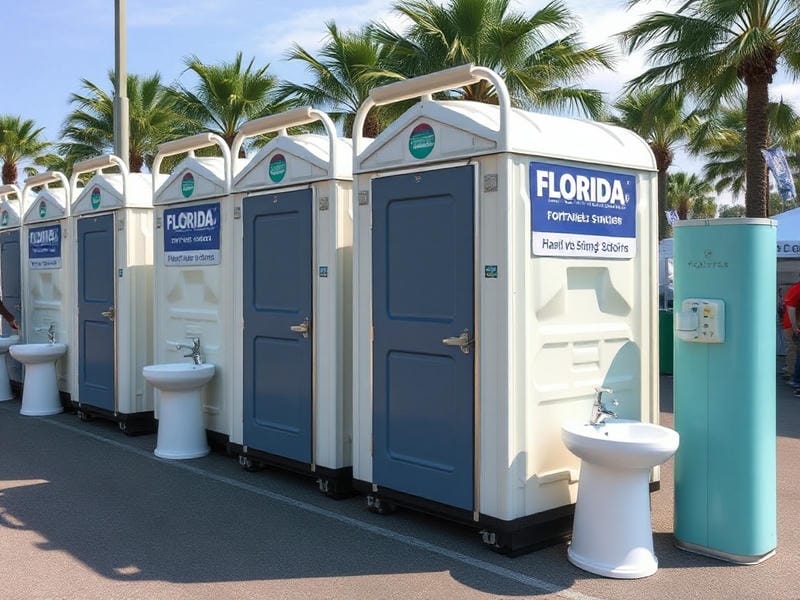
Strategies for Improving User Satisfaction in Temporary Services
Importance of Understanding Customer Needs and Preferences
In the dynamic world of temporary services, where businesses strive to meet the ever-evolving demands of their clientele, understanding user needs becomes a cornerstone for improving user satisfaction. In an era where customer expectations are as diverse as they are demanding, businesses must engage in proactive strategies to bridge the gap between service provision and user expectation. One such strategy involves conducting surveys and gathering feedback, which serves as a vital tool in discerning what users truly expect from temporary services.
Surveys stand as one of the most effective methods for capturing a wide range of user insights. By employing well-crafted questionnaires, service providers can gather specific data that reveals not only what users desire but also how they currently perceive the services offered. Porta potties are easy to transport and set up at remote locations. construction site toilet rental waste. The beauty of surveys lies in their versatility; they can be distributed through various channels such as emails, social media platforms, or even face-to-face interactions. This flexibility allows businesses to reach a broad audience and ensure that diverse voices are heard.
The feedback gathered from these surveys provides invaluable information that can guide service improvements. It offers direct insight into areas where the service excels as well as aspects that may require enhancement. For instance, if survey results indicate that users find delays in service delivery unacceptable, businesses can prioritize streamlining their processes to improve efficiency. Similarly, if feedback highlights a lack of clarity about service terms or conditions, companies might focus on enhancing communication strategies to ensure transparency and build trust with their clients.
Moreover, engaging with users through feedback channels demonstrates a commitment to customer-centric values. When users feel heard and see tangible changes based on their input, it fosters loyalty and enhances satisfaction. It transforms the relationship from merely transactional to one built on mutual respect and understanding-key elements for retaining clients in any competitive market.
Beyond immediate improvements, continuous feedback collection helps companies stay ahead of trends by identifying shifting consumer preferences before they become widespread demands. This foresight allows businesses offering temporary services to innovate proactively rather than reactively adjusting after competitors have already adapted.
However, merely collecting feedback is not enough; it is essential for companies to analyze this data meticulously and implement actionable changes based on findings. Incorporating advanced data analytics tools can aid in identifying patterns within large datasets gleaned from surveys-turning raw information into strategic insights.
In conclusion, understanding user needs through surveys and feedback is pivotal for enhancing user satisfaction within temporary services. By leveraging these tools effectively, businesses not only refine their offerings but also forge stronger relationships with their customers-ultimately leading to sustained success in an ever-competitive landscape. As such strategies become embedded within organizational culture rather than isolated initiatives, companies will find themselves better equipped to meet and exceed user expectations consistently.





